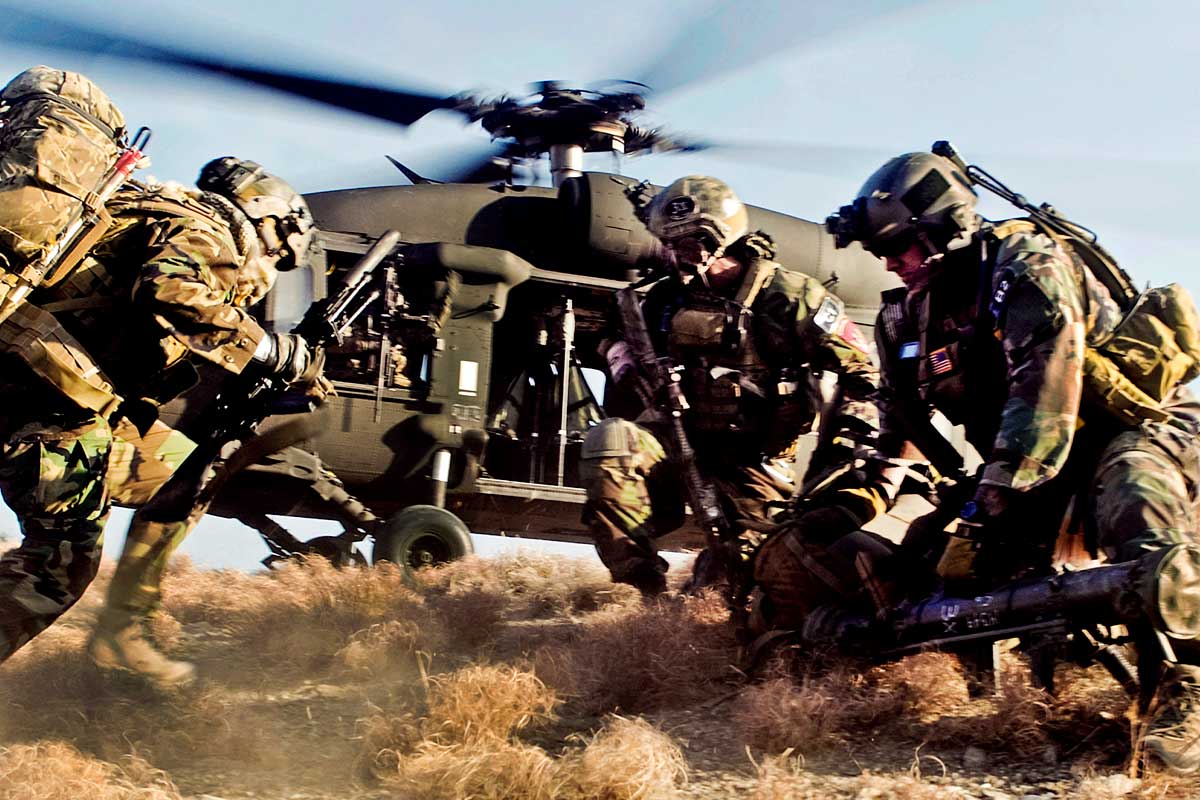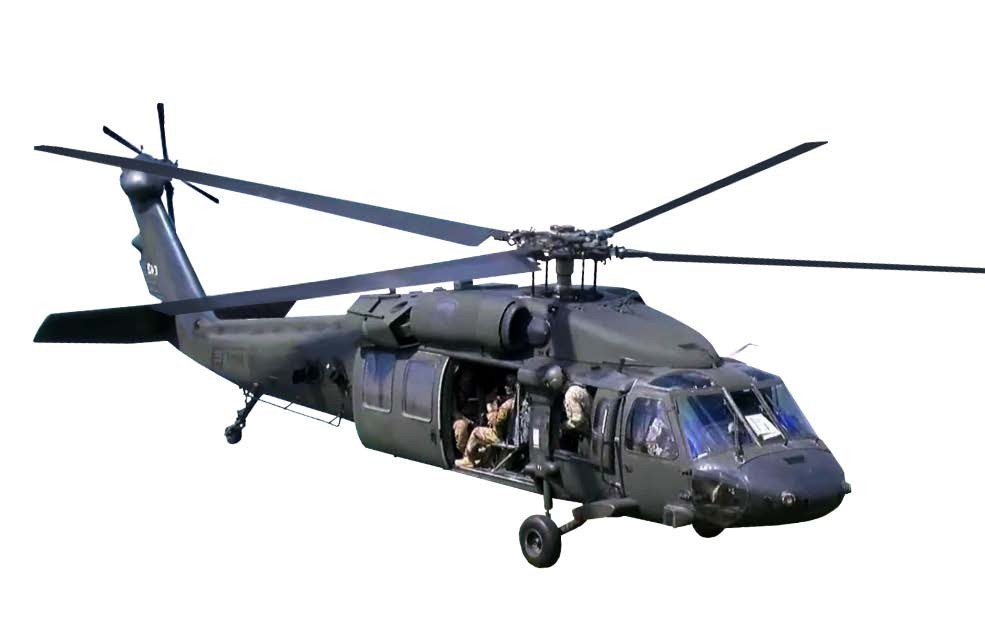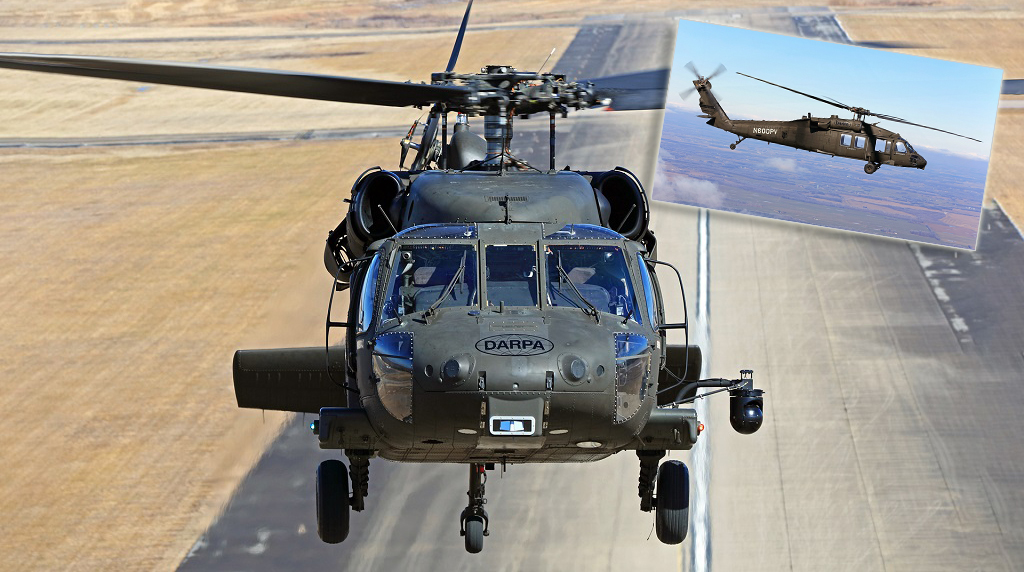UH 60 Technical Specs and Performance Review
UH 60 Technical Specs and Performance Review
Blog Article
The Effect of Sustainable Practices on the Future of Aircraft Operations and Emissions Decrease
As the aviation market faces boosting scrutiny over its environmental influence, the adoption of sustainable techniques arises as a crucial path towards future airplane procedures and emissions decrease. Technologies in sustainable aeronautics fuels and advancements in hybrid propulsion modern technologies stand at the center of this transformation, appealing considerable decreases in greenhouse gas exhausts.

Overview of Sustainable Practices
Sustainable methods in aircraft operations incorporate a series of techniques aimed at reducing environmental impact while keeping functional efficiency. These techniques are essential in the aviation sector's dedication to minimizing its carbon impact and sticking to worldwide environmental standards. Secret efforts include enhancing flight paths to reduce gas intake, improving maintenance methods to make sure airplane operate at peak performance, and implementing advanced technologies such as winglets and light-weight products that boost the rules of aerodynamics.

Training and involving staff on sustainability techniques also play an important duty, fostering a society of environmental obligation within organizations. On the whole, the combination of these lasting techniques not just helps decrease discharges yet also enhances the long-lasting feasibility of the air travel market, ensuring it meets the demands of both customers and governing bodies while contributing to worldwide sustainability goals.
Innovative Gas Alternatives
Many cutting-edge fuel options are becoming crucial solutions to lower the aeronautics industry's reliance on standard fossil gas. Among these alternatives, Sustainable Aviation Gas (SAFs) have actually gotten significant focus as a result of their possible to reduce lifecycle greenhouse gas discharges by as much as 80% contrasted to conventional jet gas. SAFs are originated from various feedstocks, consisting of waste oils, farming residues, and also algae, making them a flexible alternative for the sector.
An additional promising option is hydrogen gas, which, when utilized in gas cells, creates only water vapor as a by-product. This zero-emission possible presents a substantial opportunity for decarbonizing trip procedures, specifically for short-haul flights and regional airplane. Additionally, electrical propulsion systems are being explored, leveraging battery modern technology to power aircraft. While current battery capacity restrictions range and payload, recurring developments might quickly render electrical flights viable for certain applications - uh 60.
Last but not least, biofuels originated from biomass are being checked out, supplying an eco-friendly choice that can be blended with standard fuels. Collectively, these innovative gas options stand for a critical step towards achieving a lasting aeronautics ecological community, straightening with international exhausts reduction targets and enhancing the sector's environmental stewardship.
Technical Developments in Aviation

How can technical developments improve the future of aviation? Advancements such as hybrid and electrical propulsion systems are at the leading edge, encouraging substantial decreases in fuel usage and greenhouse gas discharges.
Furthermore, the application of advanced products, such as light-weight composites, contributes to boosted aerodynamics and fuel effectiveness. The use of expert system and artificial intelligence in flight operations maximizes course preparation and lowers gas burn by enabling real-time changes based upon weather condition and traffic problems. Furthermore, the growth of self-governing and from another location piloted aircraft systems stands to change cargo and guest transport, potentially boosting efficiency while lessening human error.
Moreover, sustainable aeronautics modern technologies, consisting of advanced air website traffic administration systems, can reduce and improve procedures blockage, bring about lower discharges throughout hop over to here trip. These improvements collectively stand for a standard shift in air travel, guaranteeing a future where sustainability and operational performance are linked, consequently supporting the sector's dedication to reducing its environmental effect.

Governing Structure and Compliance
Because of the expanding emphasis on environmental stewardship within the aeronautics field, the regulatory structure regulating airplane procedures is advancing to advertise lasting techniques. Governing bodies, such as the International Civil Aviation Company (ICAO) and different national air travel authorities, are introducing stringent guidelines aimed at reducing discharges and enhancing operational efficiency.
These policies commonly include the fostering of Lasting Aeronautics Fuel (SAF), which has actually been recognized as an essential component in achieving reduced carbon impacts. Compliance with these laws needs airline companies to implement advanced modern technologies and operational techniques, such as optimized flight courses and boosted air traffic monitoring, to minimize fuel usage.
Furthermore, the enforcement of emissions trading systems and carbon offsetting initiatives is coming to be increasingly prevalent, engaging airline companies to keep an eye on and report their discharges accurately. Non-compliance can result in substantial fines, hence pressing operators to prioritize sustainability in their service designs.
Eventually, the progressing governing landscape not just drives advancement and financial investment in green modern technologies however likewise fosters a culture of liability within the aviation market. As these structures continue to establish, the concentrate on sustainable practices will be essential to achieving the sector's long-term ecological goals.
Future Patterns in Airplane Workflow
As the aeronautics market adapts to a progressively rigorous regulatory atmosphere, future patterns in airplane procedures are set to concentrate on ingenious remedies that further enhance sustainability and effectiveness - uh 60. Trick growths will likely consist of the adoption of advanced air website traffic monitoring systems, which use real-time data and fabricated intelligence to enhance flight paths, minimizing fuel consumption and emissions
One more considerable trend is the enhanced integration of lasting aeronautics fuels (SAFs) These options to traditional jet gas, stemmed from sustainable resources, can significantly reduce lifecycle greenhouse gas discharges. The market's commitment to SAFs will likely speed up as airlines team up with gas producers to guarantee availability and cost-effectiveness.
Additionally, the push in the top article direction of electrification and hybrid propulsion systems is gaining momentum. Emerging airplane layouts will certainly include these technologies, providing quieter and a lot more efficient operations, particularly for short-haul trips.
Verdict
To conclude, the assimilation of lasting practices in airplane operations holds considerable possibility for exhausts decrease and enhanced effectiveness. The fostering of lasting aeronautics gas, paired with developments in electrical and hybrid propulsion systems, is essential for reducing lifecycle greenhouse gas discharges. In addition, maximizing flight paths and welcoming cutting-edge modern technologies add to a quieter and much more eco pleasant aviation field. Collectively, these initiatives line up with global sustainability objectives and pave the way for a Read Full Report greener future in aeronautics.
Developments in lasting aeronautics fuels and developments in crossbreed propulsion modern technologies stand at the center of this makeover, appealing substantial reductions in greenhouse gas exhausts.Various innovative gas choices are emerging as pivotal options to minimize the aeronautics industry's dependence on traditional fossil fuels - uh 60. Among these options, Sustainable Aeronautics Fuels (SAFs) have gained considerable attention due to their possible to reduce lifecycle greenhouse gas emissions by up to 80% compared to traditional jet fuels.An additional significant trend is the boosted combination of sustainable aviation fuels (SAFs) The fostering of lasting aviation gas, combined with advancements in hybrid and electrical propulsion systems, is essential for minimizing lifecycle greenhouse gas exhausts
Report this page